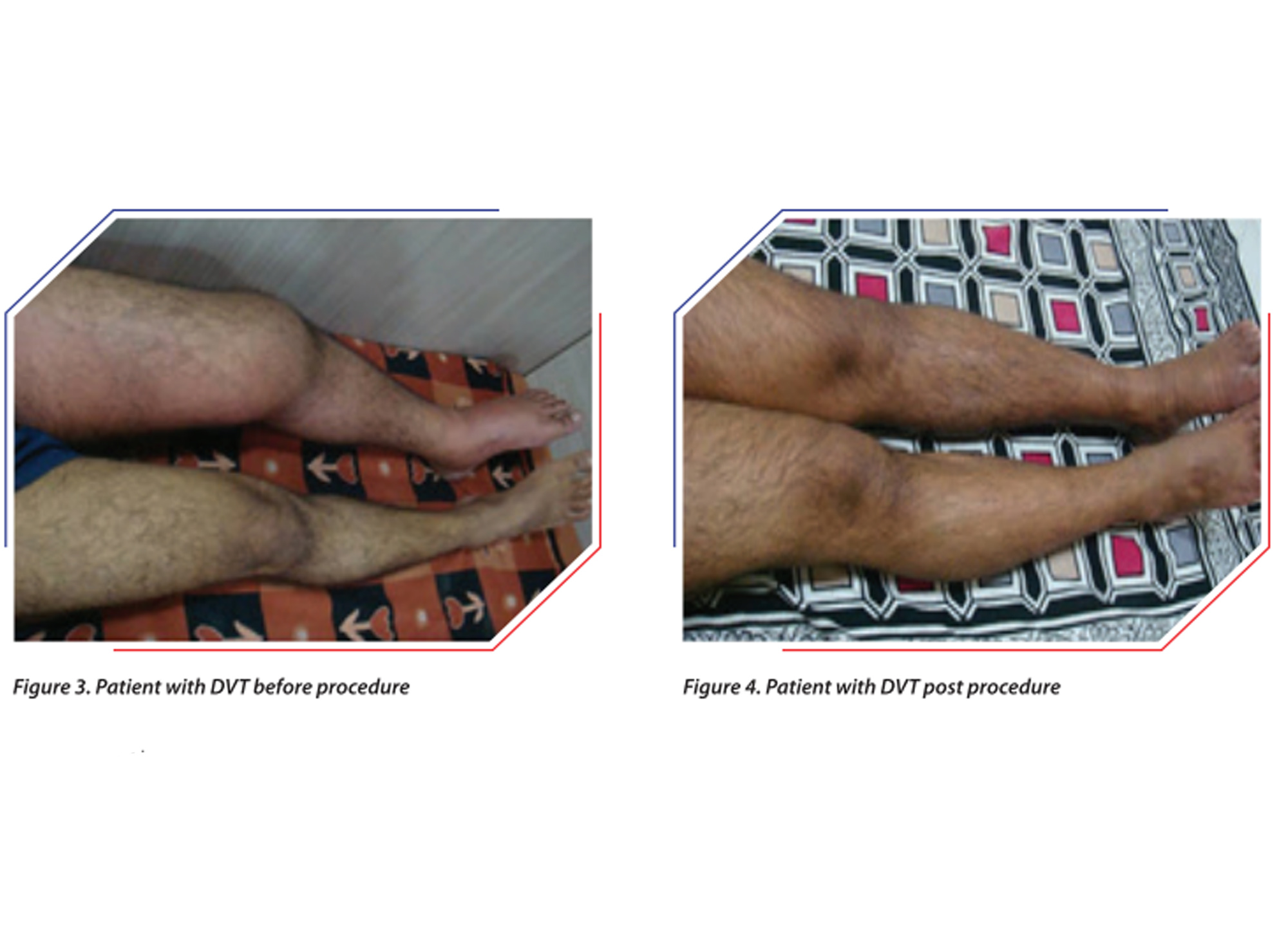
In summary, newer management methods for DVT employ regional catheter-based techniques with the aim to achieve better early & long-term results. These methods should be increasingly considered for young, mobile patients who wish to live a better and active life ahead. Vein angioplasty and stenting may also be required in 20%-30% of these patients who have vein stenosis or compression (May Thurner syndrome).
Disclaimer: This material is for informational and educational purposes only. It does not replace the advice or consultation of a doctor or health care professional. VSI makes every effort to provide information that is precise and convenient, but makes no guarantee in this regard. If you think you may be suffering from any of these medical ailments you should look for guaranteed clinical consideration. You should never delay seeking medical advice, disregard medical advice, or discontinue medical treatment because of the information on this website/ leaflet.
Indians were once believed to be affected very rarely by the dreaded problem of DVT. However, over the past 10-15 years, numerous studies have found that DVT is a common occurrence in Indian patients. Another peculiar finding is that in our country, we often encounter idiopathic acute extensive lower limb DVT in young, otherwise healthy people. According to pooled data from multiple vascular centers across India, 10%-20% of patients with DVT belong to this group.
The three common reasons for the development of DVT include
The initial treatment of DVT is by use of injectable anticoagulants like heparin or low-molecular weight heparin (LMWH) followed by oral anticoagulation using warfarin or newer oral anticoagulants. These oral medicines are usually continued for 6-9 months. Along with this, stockings may be used to control leg swelling.
Despite using the same medical treatment methods, the response to treatment is noted to be different in few patients. About 20%-30% of young patients with DVT end up with persistent swelling of limbs. In the long term, post-thrombotic syndrome (edema, pigmentation, ulcers, lipodermatosclerosis) may be detected in these patients due to chronic thrombosis of veins or associated valvular damage within the veins and incompetence or reflux of blood.
Worldwide, vascular specialists dealing with acute DVT and its acute as well as chronic problems evaluated newer methods to improve vein recanalization and also reduce the occurrence of vein valve damage and the incidence of post-thrombotic syndrome. Catheter-directed treatment strategies are presently considered to be most effective in accomplishing these goals. This treatment is a percutaneous, minimally invasive method performed through the popliteal or femoral vein. After removal of thrombus from the vein by guiding catheter or mechanical thrombectomy devices (Angiojet, Penumbra), direct clot dissolving medicines (thrombolytics) are given for some time to clear the thrombus. If there is vein stenosis/narrowing noted in a common iliac vein or IVC, angioplasty with stent placement may also be required.
In few patients who are at high risk of pulmonary embolism, an IVC filter is placed via the percutaneous route for protection.